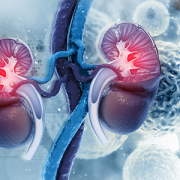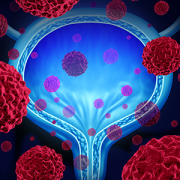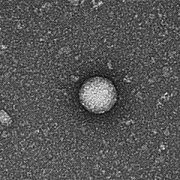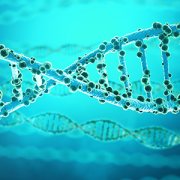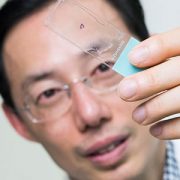PMA-based PCR amplifies DNA from only live bacteria in urine
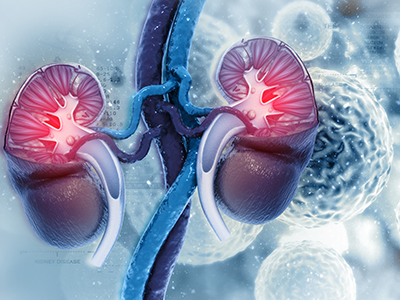
The question of why urinary tract infection (UTI) symptoms can persist in some patients who have been seemingly appropriately treated with antibiotics and have negative post-antibiotic urine cultures is one that urologists have long sought to answer.
Experts at Children’s National Hospital have successfully developed propidium monoazide (PMA)-based polymerase chain reaction (PCR) methods that amplify DNA from only live bacteria in urine. The study’s results, published in Frontiers, suggest that non-PMA bound DNA from live bacteria can be present in urine, even after antibiotic treatment.
PMA has been shown to differentiate between non-viable and viable bacteria in various settings. However, its effectiveness in urine has not been previously studied.
The question of why urinary tract infection (UTI) symptoms can persist in some patients who have been seemingly appropriately treated with antibiotics and have negative post-antibiotic urine cultures is one that urologists have long sought to answer.
“One theory is that very low levels of bacteria that don’t show up on cultures may be the cause,” says Michael Hsieh, M.D., director of Transitional Urology at Children’s National and senior author of the study.
Although PCR has previously been used to try and confirm this theory, the use of this method has been criticized because PCR can amplify DNA from dead bacteria (which obviously don’t cause UTI).
The authors developed a PCR test that selectively detects DNA from live bacteria. In a preclinical setting, results show that with the use of antibiotics, cultures collected can be negative but urine can contain DNA from live bacteria, as detected using the PCR test.
“We think something similar can occur in patients and we show some data in the paper confirming the PCR test can work with patient samples,” Dr. Hsieh adds. “I’m excited that we might finally have an explanation as to why some patients have persistent UTI symptoms after antibiotic treatment.”
Namely, he adds, that these patients still have a UTI. This may lead to better follow-up management of patients with UTI. The next step is to confirm the theory in patients.


